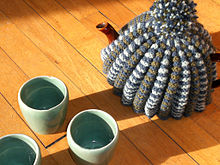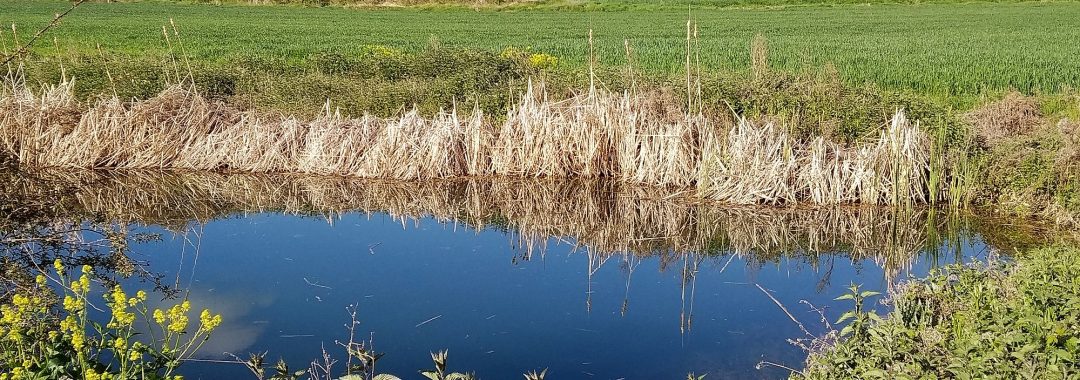I’ve been asked by many people how I personally cope during periods of heightened anxiety or a panic attack so I hope the following helps you in some way. Do remember though, that we’re all different and you need to discover what routine works best for you. If you’d like some help to gently uncover the reasons why you might have anxiety send me a message and I’m happy to chat over a virtual coffee during a free discovery call with you.
Anxiety and panic attacks are different but they have overlapping symptoms and reactions within our bodies and minds which can very quickly get out of hand and take over.
I have to say that since I’ve been practicing mindfulness, meditation and self awareness my panic attacks and times of overwhelming anxiety have greatly reduced but when I feel things getting out of hand I pull out my own personal toolkit to repair things as quickly as possible.
I might find myself getting anxious for different reasons so the following don’t necessarily run in chronological order. Because I have a high level of self awareness I make it a habit to listen to and tune into my body and pick what I feel it needs, but in all cases my anxiety will reduce – often just after the first exercise.
My first line of attack
I’m a curious person and I have made it my mission to understand what triggers me, why and how so when I begin to feel that I might be about to be overwhelmed I inspect these things and analyze what’s going on.
Sometimes the trigger is obvious because somebody has spoken or shouted in a certain way or I’m about to get into a boat (I am scared of deep water), but often it’s not obvious and that’s where the fun starts.
By focusing on why and how my anxiety levels are rising, it can often be enough to deflect my mind from spiraling out of control; and of course, there’s the added bonus that by understanding the trigger it gradually loses its power over me.
Linking a physical activity to a memory
I make myself a cup of tea. Preferably English breakfast tea with a pinch of sugar but any tea will do. The act of making the tea calms me in the same way that waiting for the pain relief of a paracetamol to take effect will calm you – just by knowing that you’ve taken action and the relief will soon follow can start the process within your body and mind.
Many people use alcohol (or drugs) at this point from habit but booze is counterproductive and is not the same thing.
My cup of tea is a physical reminder of one of my happy, safe places. It takes me back to my grandparents’ house where there was always a full teapot of tea complete with a woolen knitted tea cosy on the table and buckets of bantering and unconditional love

One of my own physical manifestations of anxiety is severe nausea (and at times vomiting) so I will make my tea and sit and focus on drinking it. I feel the warm liquid passing down my throat and I picture it soothing my stomach. As the warmth radiates through my body I imagine it calming me down. I conscientiously choose to block out anything but the tea and the act of drinking it. When possible, I take my time and almost get into a meditative state.
Breath work and meditation
Whilst drinking the tea I focus on my breathing and call upon various breath exercises depending on what feels right at the time. I may put my tea aside and prepare for a meditation session such as I learnt at the Vipassana silent retreat or I may simply allow my mind to wander or focus mindfully on my 5 senses.
Whilst continuing to concentrate on my breathing I focus on 5 things in order: 5 things that I can see, 4 that I can touch, 3 that I can hear, 2 that I can smell and 1 that I can taste.
This all takes time but if I don’t have the luxury of time or I am in a place where it’s not possible to totally relax I have (almost) perfected the technique of taking myself there despite what is going on around me. Yes, sometimes people notice that I’m not fully present but I know how important it is to stop the feelings from overwhelming me.
Physical exercise and anxiety
Yoga stretches usually help me too however aren’t always practical, but moving in any way helps. I might get out for a walk or a jog or simply pace the room. Back and forth back and forth, focusing on how and where I place my feet, mindfully treading carefully or maybe counting my steps – again doing anything to take my mind to a place which will transcend my anxiety.
How I taught myself to cope
Practice, practice and more practice. The trick is not to give in, nor to give up. If something doesn’t work that’s not to mean that it won’t work another time because different triggers will trigger different subconscious responses and will require different solutions.
You must know and believe that the feelings WILL subside. It might take some time and you might need to deal with a real external crisis first, but you will cope. There will always be an outcome even if it’s not a good one, but teaching yourself resilience in the face of adversity and teaching yourself how to remain level headed in a crisis is something proactive that you can do.
Having a strong belief in yourself and your capabilities provides a solid foundation to build upon.
Eleven years ago I really was an emotional mess but I was determined to cope and to learn how to be a survivor. I succeeded and now I can support you along your journey if you are ready to move on and discover just how different life can be if you can only take back control of your emotions and rewire your belief in yourself.
